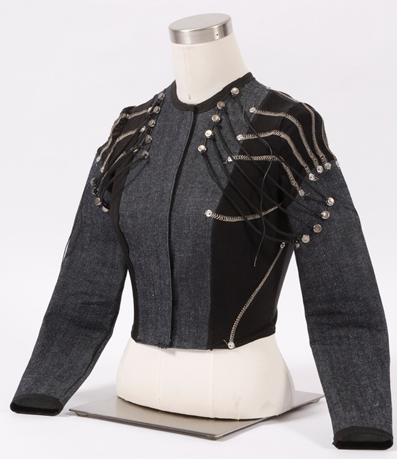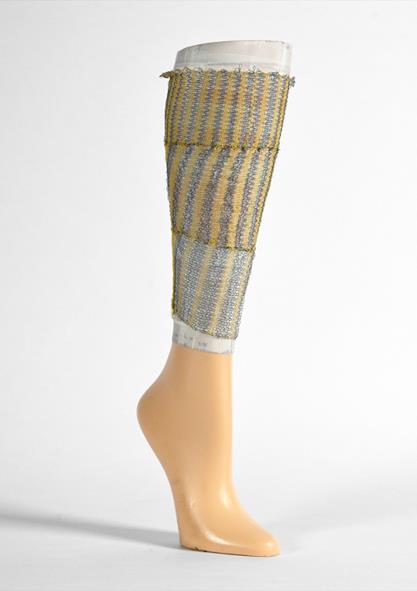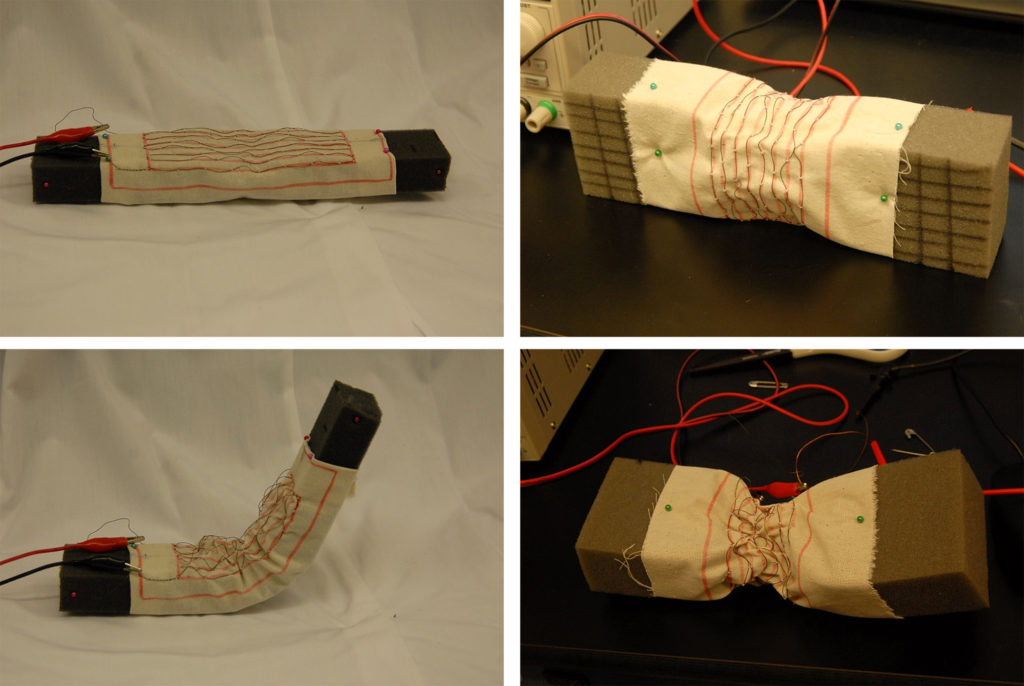New shape memory capabilities have application in several markets.

At last week’s Smart Fabrics Virtual Summit, sponsored by IFAI, Brad Holschuh, Ph.D., assistant professor of wearable technology and apparel design in the College of Design at the University of Minnesota (UMN), gave a presentation titled, “Soft-Robotic Textiles Using Integrated Active Materials.” In his talk, he noted the many materials and their capabilities that can be useful in soft robotic applications, particularly in shape memory functions.
Holschuh, who co-directs the UMN Wearable Technology Laboratory (WTL), says that, because a shape memory alloy (SMA) “can change shape, and the change can be controlled in a way that is reliable and repeatable,” they can be very useful for a variety of applications and in an array of markets. Basic technologies, such as a spring mechanism, can be a “very useful, deployable technology,” he said.

Basic compression garments have been around for quite a while, but Holschuh says, “I’ve never met a single person that says they enjoy wearing a compression garment that’s on the market. The two biggest complains are that they’re really hard to put on, and once they’re on, they squeeze you all the time.”
It’s also “a relatively simplistic therapy,” he says. “It’s not dynamic, it’s just there.” Problems with existing compression garments are exacerbated when used by people who are infirm or have difficulty putting on and taking off the garment.
“The alternative is a pneumatic technology,” he says, “which can offer a degree of controllability, but pneumatic compression garments usually require that the person is stationary.”
But Holschuh’s work has moved beyond both types and incorporated on-body actuation. “What we designed is compression garments that give you the control of a pneumatic, but give you the form factor that’s much more in line with what you can wear in your everyday life.”

Compression garments have been found to be effective for a variety of conditions, including children with autism and treatment for PTSD. In both cases, the technology can be used to create haptic stimulation on the body, he says, that mitigates anxiety and stress, for someone who might otherwise be agitated. However, he says, “The problem with the existing garments or devices, is you have to get the user to use it.”
“We’ve created a compression vest that can create compression dynamically and strategically.” It can be controlled remotely to provide compression when and where you want, and nobody else will know that this is happening.
Actuators can be activated individually or in varying groups, and it’s possible to amplify the haptic experience if you put the actuators in a braid, he says. Knitted structures can be used to create two-dimensional motion (both expansion and contraction) to customize a wearable compression device. Holschuh is currently working on designing compression garments for NASA for astronauts that will be totally customizable.
Furthermore, because these devices can be heat activated, it is possible to use the body’s own energy without any other power source. An active panel could be taken out of a freezer, put in clothing, such as leggings, and when worn will activate in response to the wearer’s body heat. Imagine teeth braces, too, that will respond to the heat in your mouth to tighten.

Holschuh noted several other institutions that are doing interesting work with integrated active materials. UT-Dallas has used ordinary materials such as nylon fishing line to create “artificial muscles.” That work was published in Science in 2014, but work is ongoing. MIT has used nylon fibers made to flex like muscles, and in a partnership between Purdue and Yale universities, funded by NASA, has developed SMA robotic fabric that’s wrapped over soft structures to create two- or three-dimensional structures. His colleague at UMN, Juliana Abel and others are developing active knit actuation, and Harvard Biodesign Lab is also working on mechanical actuation and soft robotics.
With a range of markets that could use these types of technologies, it’s no mystery why so many researchers are working on them. Possible uses include a new approach to tourniquets that may result in a “skin suit” for Soldiers with embedded technology, so that the clothing can respond to an injury when a medic is not at hand.
Progressive treatment for spine correction, for example, or even healing broken bones could change how these conditions are treated. Research on exoskeletons to support mobility is also underway.
Other possibilities include “smarter” spacesuits for astronauts, easy-to-control consumer shapewear and garments with changeable lift and drag properties for competitive athletes. “The goal of our research program is to have a future where clothing can change without a motor,” he says.
Janet Preus is senior editor of Advanced Textiles Source. She can be reached at jlpreus@ifai.com.
 TEXTILES.ORG
TEXTILES.ORG


